Türkiye’s aerospace industry celebrated a major milestone as the Bayraktar Kizilelma PT-4 fighter UAV, aptly named “Red Apple” in Turkish, successfully completed its Afterburner (AB) Take-off Aerodynamic System Identification Test.
Announced by Baykar Board Chairman Selcuk Bayraktar via social media, this achievement highlights Türkiye’s growing expertise in indigenous unmanned combat aerial vehicles (UCAVs). The Kizilelma, or “Red Apple,” a name evoking a mythical symbol of ambition and conquest in Turkish culture, is designed to dominate future air combat scenarios with cutting-edge autonomous technology.
This test marks a significant step toward operational readiness for this groundbreaking platform.
Advancing Indigenous Innovation
The Bayraktar Kizilelma is a flagship project in Türkiye’s quest for self-reliance in defense technology. Developed entirely within Turkish borders, the UCAV builds on Baykar’s proven success with platforms like the Bayraktar TB2, which has earned global recognition for its combat effectiveness.
The Kizilelma, however, pushes boundaries further, embodying the “Red Apple” spirit of reaching for ambitious goals. It is engineered for a future where unmanned systems redefine air combat, offering capabilities that rival manned fighter jets while leveraging the advantages of autonomy.

The successful afterburner take-off test of the PT-4 prototype demonstrates significant progress. The afterburner system boosts thrust, enabling rapid acceleration and enhanced performance during take-off, critical for combat scenarios requiring swift deployment.
This milestone underscores Türkiye’s ability to innovate in a competitive global defense market, strengthening national security by reducing dependence on foreign technology. The Kizilelma’s indigenous development ensures that Türkiye retains full control over its advanced systems, a strategic advantage in today’s geopolitical landscape.
Technical Excellence and Mission Capabilities
The Bayraktar Kizilelma boasts formidable technical specifications, making it a versatile platform for modern warfare. With a payload capacity of 1.5 tons and a total weight of 8.5 tons, it can carry laser-guided munitions, missiles, and long-range cruise missiles.

Its cruise speed of 0.6 Mach, maximum speed of 0.9 Mach, combat radius of 500 nautical miles, and service ceiling of 45,000 feet ensure adaptability across diverse mission profiles. The UAV’s dimensions—10-meter wingspan, 14.5-meter length, and 3.5-meter height—enhance its aerodynamic efficiency.
Powered by a turbofan engine, the Kizilelma features fully autonomous capabilities for take-off, landing, cruise, and taxi operations. Its sensor suite, including an Electro-Optical Targeting System, IR Search and Track System, and Multi-Mode AESA Radar, provides robust intelligence, surveillance, and reconnaissance (ISR) capabilities.
These features enable the “Red Apple” to execute complex missions, from precision strikes to battlefield monitoring, with minimal human intervention, setting a new benchmark for unmanned combat systems.
Reshaping Air Forces with Autonomous Power
As an observer of aerospace advancements, I see the Bayraktar Kizilelma as a game-changer for air forces worldwide. Its ability to operate autonomously or alongside manned aircraft creates a hybrid model that redefines combat dynamics.
UAVs like the Kizilelma can undertake high-risk missions without endangering pilots, allowing human operators to focus on strategic oversight while drones handle dangerous tasks. This synergy enhances mission efficiency, reduces costs, and expands operational flexibility, making the “Red Apple” a symbol of Türkiye’s forward-thinking approach to air combat.
The rise of autonomous UCAVs like the Kizilelma challenges the dominance of traditional manned fighter jets. With over three hours of endurance, advanced sensors, and precision munitions, these platforms rival piloted aircraft while overcoming human limitations like fatigue.
As air forces integrate such technologies, we may witness a future where unmanned systems lead, reshaping training, logistics, and strategy. The Kizilelma’s success, aptly named after the aspirational “Red Apple,” signals Türkiye’s leadership in this transformation, inspiring global militaries to accelerate their unmanned programs.
The Countries that still haven’t invested on UAV programs for their air forces need to to give a bite of this red apple before it’s too late!

Images courtesy of Web Archive and Youtube
Discover more from DroneXL.co
Subscribe to get the latest posts sent to your email.

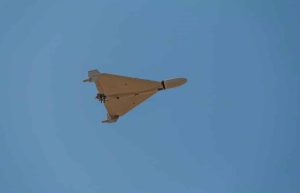
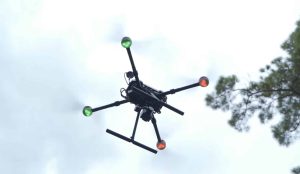
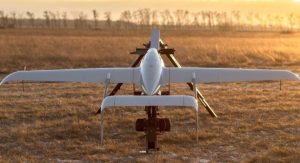
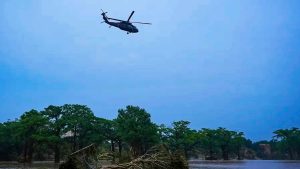


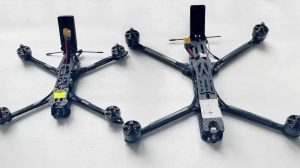
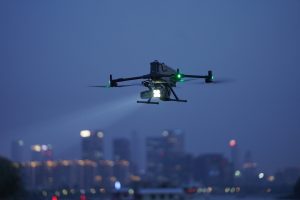
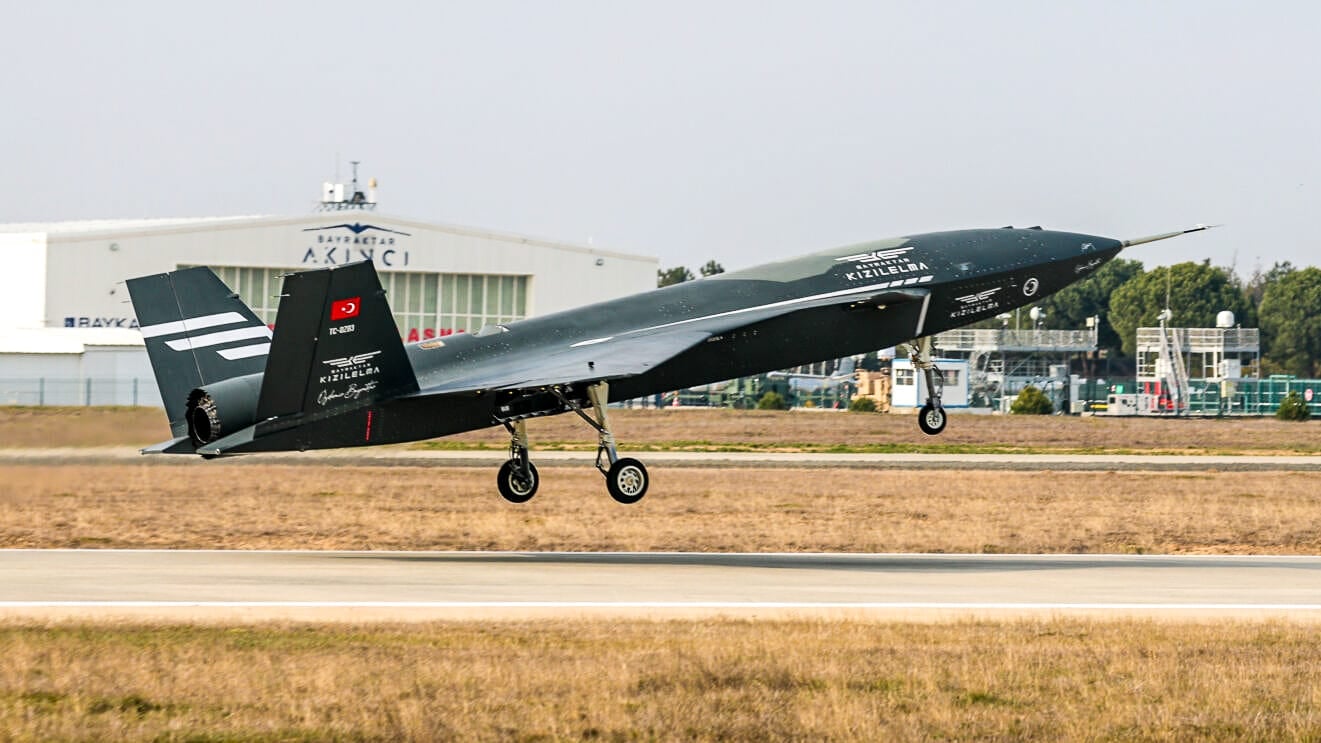


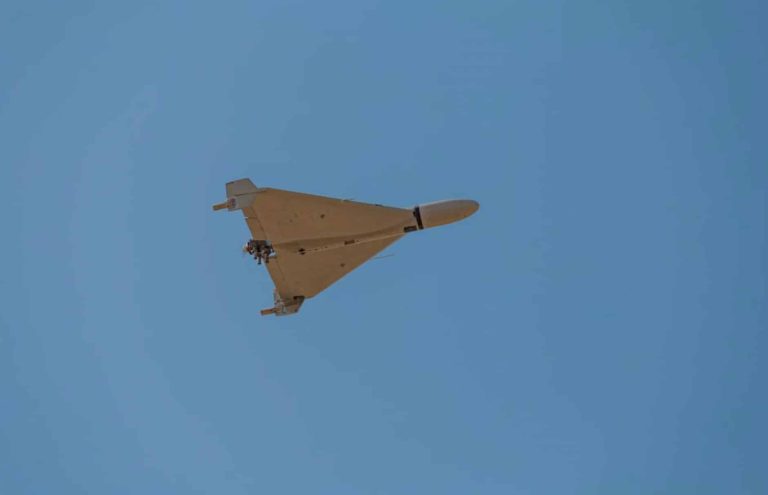
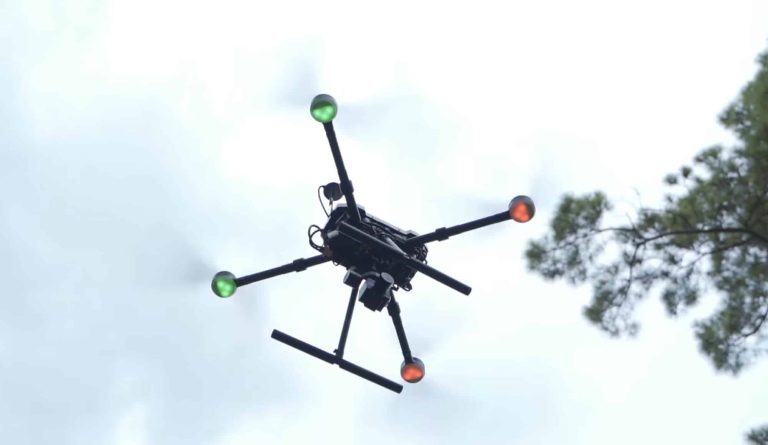


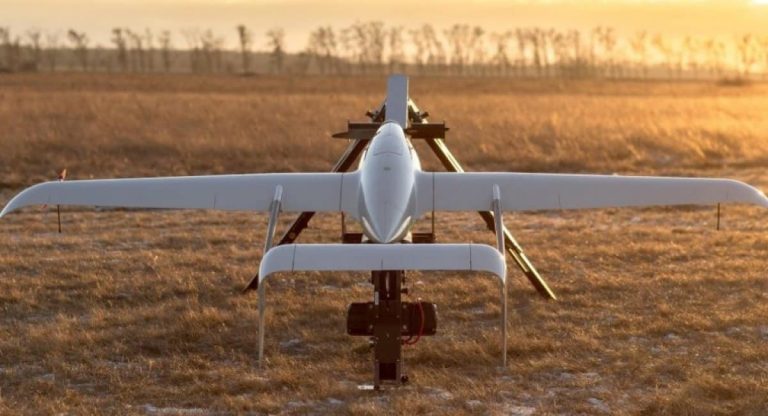



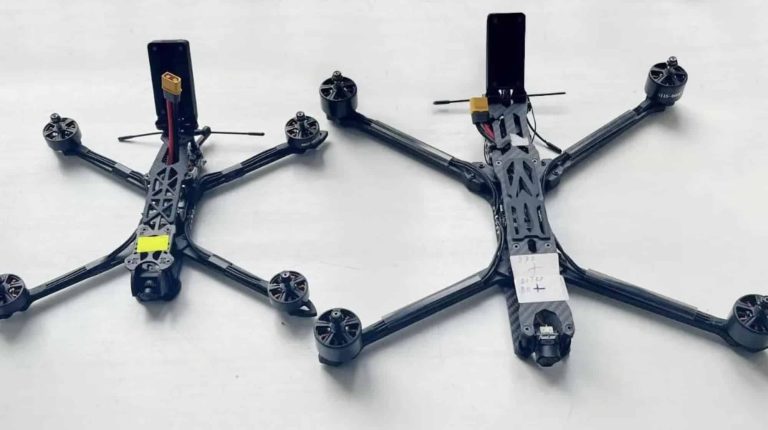
+ There are no comments
Add yours